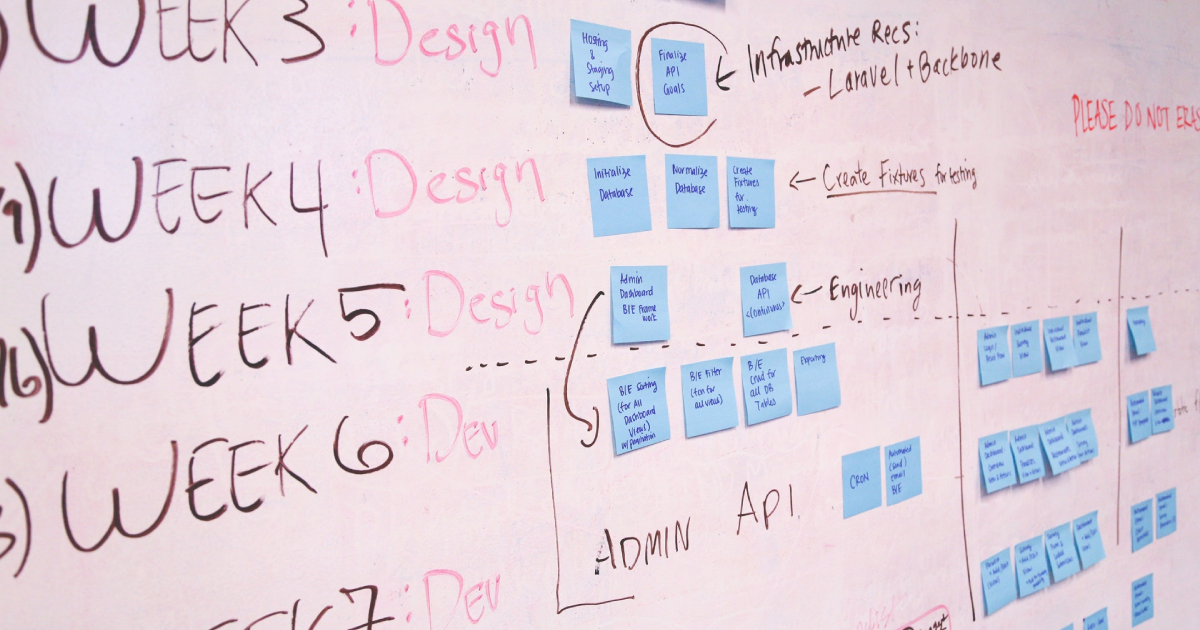Managing a project from inception to end – or any amount of jobs for that matter – is a difficult task. Typically, such issues occur due to a worker lacking project management credentials.
I’ve encountered several credentialed professionals who lack knowledge while having the necessary certifications in another situation.
Even though you’re not a qualified project leader, you should be familiar with project management ideas. It makes it easier to achieve your project goals since everyone works together to make their “job” a tremendous success.
Here is a list of tips you should follow to manage your projects efficiently.
Paperwork

You could have an excellent memory, but you’ll have to record everything from the beginning to the end of the project so that you don’t forget anything. It is essential to maintain all records.
Every project needs the preparation of specific documentation before it can begin in earnest. Preparation can be a strategic plan outlining the project’s requirements, the project goals, and the expected return on investment.
There is also a feasibility analysis to see if the idea is even feasible given the organization’s resources and economic goals.
Specify the Project Scope
It is preferable to scribble down anything significant on a bit of paper or in a digital document. Consider the long term to determine where you will be applying your project-related ideas in the nearest time.
You can complete this stage at the very beginning of your project’s phase.
Understand Your Timetable

When creating your project management plan, you may evaluate the progress for each job and your plan. Still, the work schedule is predetermined and does not usually vary. It is crucial to determine your project’s timeframe.
When will your project be finished? How much time will you devote to each task? At this point, you must respond to these concerns.
Examine Your Accessible Resources
Determining the available resources will assist you in preparing to begin the project. To identify any obstacles in your project execution, you must assess the available human resources, investment, machinery, and equipment.
In most cases, though, you will not have real influence over your assets. Because some people do better than others, the results differ accordingly. As a project leader, you should control any flaws and dangers. Perhaps now is the time to experiment with risk management applications.
Write a Project Plan

When you collect feedback from senior management on all three processes; project scope, project timeframe, and available resources, aggregate data to assist you in constructing a project plan. The project plan contains your project timeline, task flow, assets, critical path diagram, and network diagram.
A concrete plan for projects can be made quickly using a Microsoft Excel timeline.
Implement Project Management Software
Today, most organizations automate their operations electronically, input and store information. On the other hand, collecting data in numerous places and documents may be complicated, time-consuming, and often results in loss or inability to obtain the information you want.
Several software businesses, such as Trello and Indy, provide project management tools to a broad audience.
Interact With the Group

Once your project plan has been approved, you must convene your team for a project meeting to inform them of the details. You may record meeting minutes, assign conference participants, and schedule recurrent appointments using meeting management software.
Keep Track of the Project’s Progress
After your project has begun, you should keep track of the progress of your project’s tasks, deliverables, team, and anything else that influences it. Set key performance indicators that correspond to intended targets so that you may compare actual outcomes to anticipated results.
Delegation of Responsibilities
If you’re a team leader, project leader, or company owner, you don’t have to handle everything yourself. Make it a habit to delegate your job to your colleagues so that you can concentrate primarily on measuring and managing.
Assign assignments to your team members based on their talents and abilities. Learn about your natural success and how to leverage them to your benefit.
Follow-Up and Appreciation

Meetings with your team, suppliers, and other partners should keep you up to date on the progress of your project. If someone is slipping behind on the project timetable, you must motivate them to get back on course. You must be open and willing to listen to others.
Furthermore, you must recognize and appreciate the work of your employees. To become a good project leader, you need to work on your people’s abilities.
Conclusion
You are aware that the tasks have due dates. When it comes to deadlines, you are constantly dealing with limited time resources. Such circumstances are beyond your immediate control. The best approach, though, is to adjust and create.
Project management is a challenging endeavor. Leaders are project managers. They must inspire their teams while planning, monitoring, and reporting their success.
On top of that, they must have excellent skills in communication to establish clear connections with the client and the project team. It is a profession that necessitates a great deal of information.
Project management is critical for the organization in charge of the project. The team manager must know the project process, vulnerabilities, and risk management to establish a project success plan.


